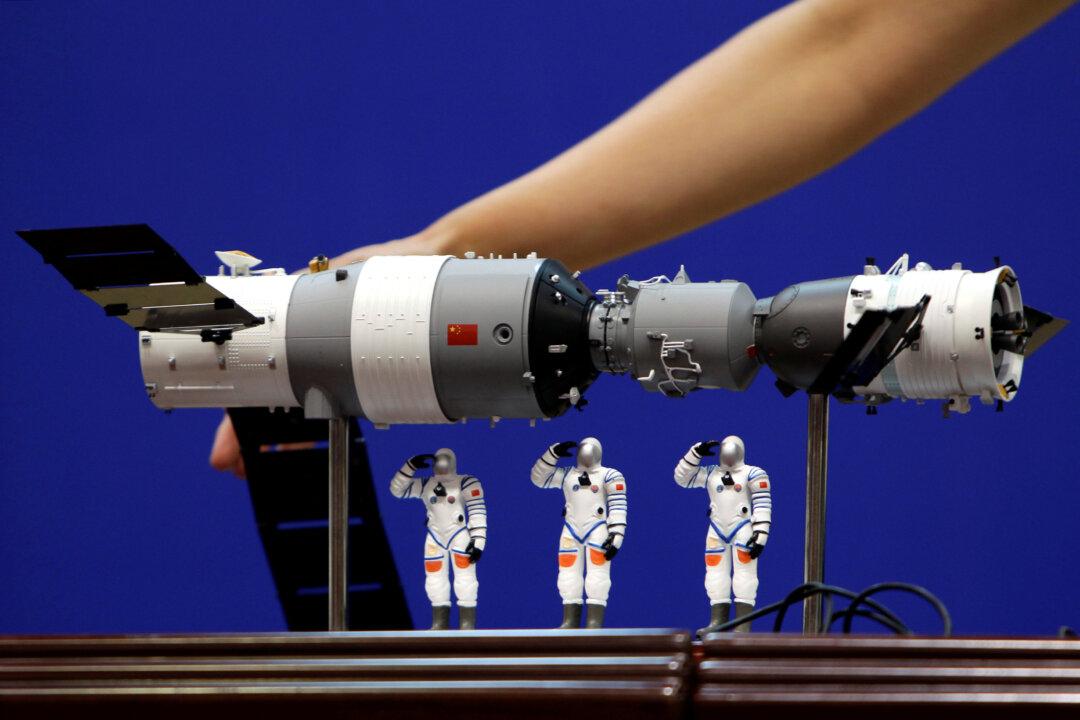Commentary
The Chinese Communist Party (CCP) wants to become a major space power by 2030, and a global leader in space equipment and technology by 2045.

The Chinese Communist Party (CCP) wants to become a major space power by 2030, and a global leader in space equipment and technology by 2045.